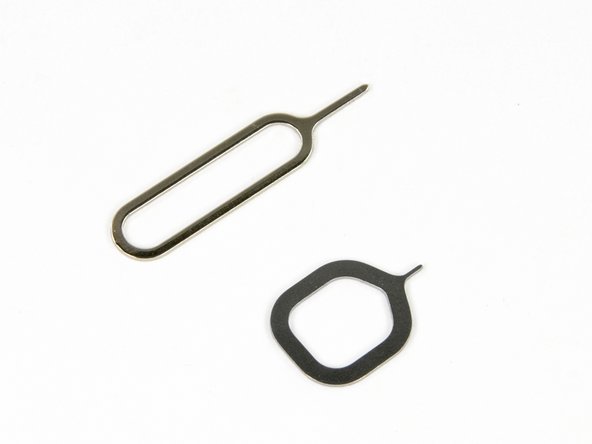crwdns2935425:05crwdne2935425:0
crwdns2931653:05crwdne2931653:0






-
Whenever a new Android device hits the stage, we feel obligated to see how it measures up to the latest iPhone. Let's have a look-see.
-
Both phones have their main I/O connector on the bottom, flanked by two screws. For the iPhone, it's the Lightning connector (Apple proprietary) and two Pentalobe screws (also proprietary). The Nexus 4, on the other hand, wields a micro-USB/SlimPort HDMI port (universal) and two Torx screws (quite common).
-
Rather than hide the Micro SIM card underneath the battery—a common practice in many phones—LG pushed the Micro SIM slot to the side and included their own stubby SIM eject tool. Very Cupertino.
crwdns2944171:0crwdnd2944171:0crwdnd2944171:0crwdnd2944171:0crwdne2944171:0